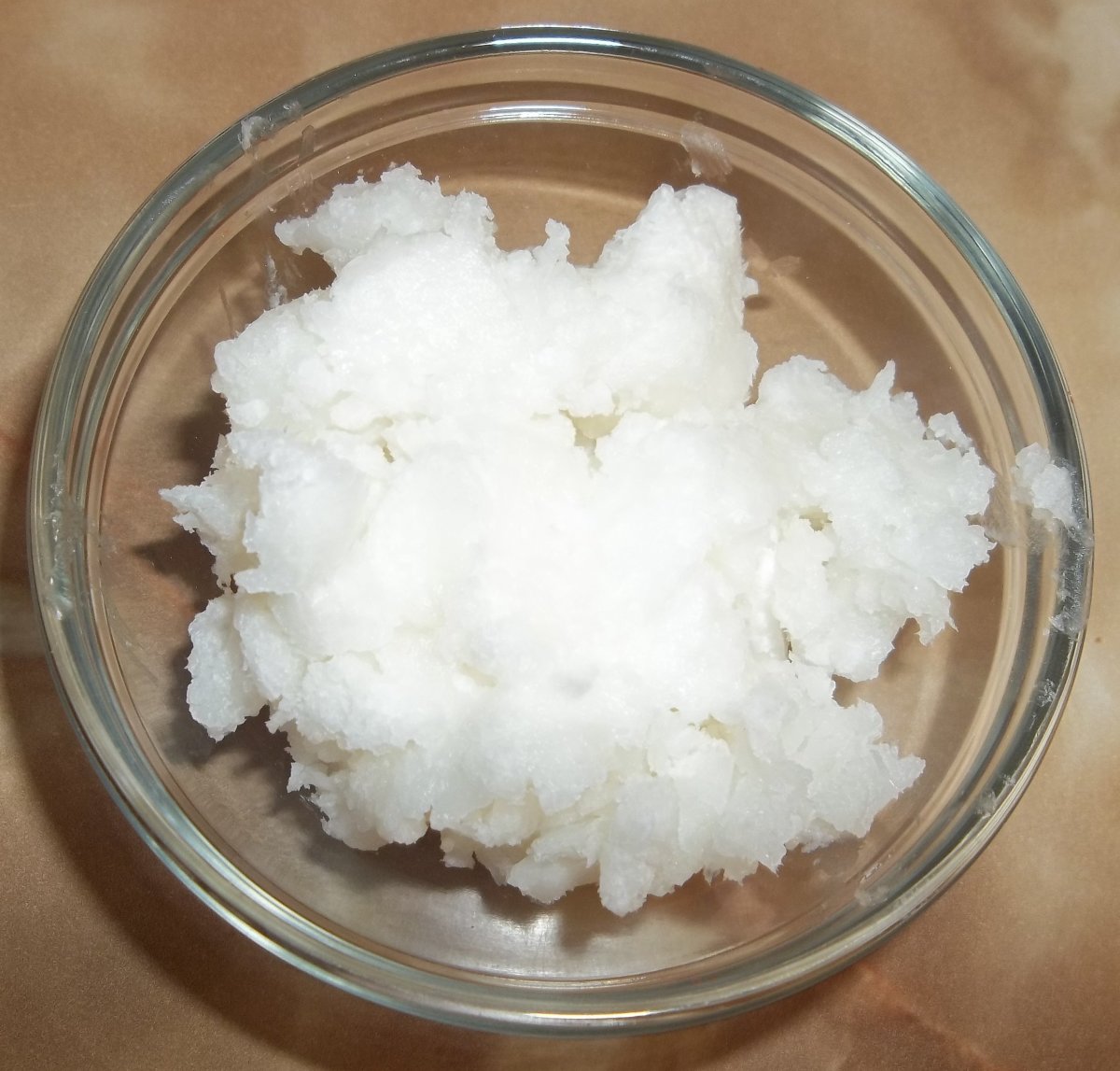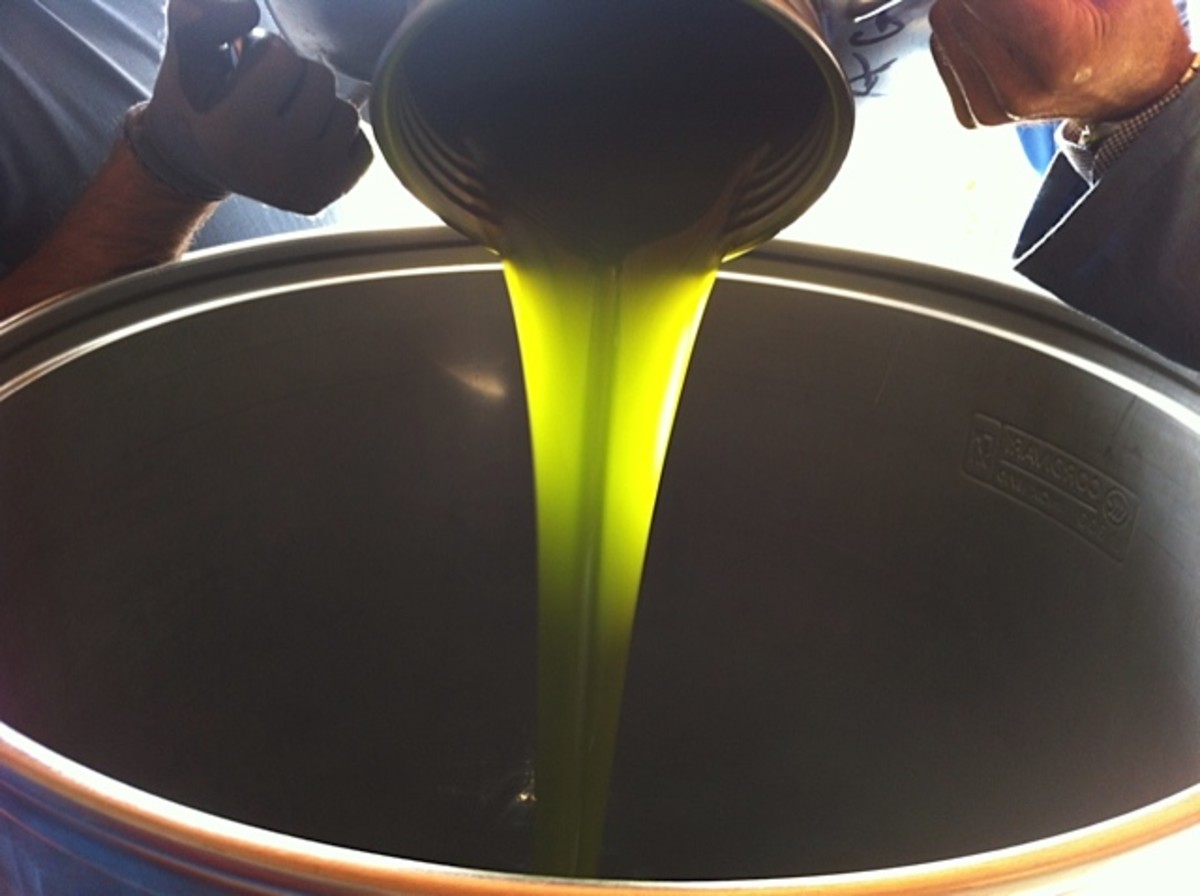Types of Cooking Oil and How Best to Use Them
In most supermarkets there is a wide range of cooking oils available to use. Although these may look alike on the surface there are in fact many differences, not only in how healthy the oils are but also in how they are best used in the kitchen.
Whether liquid or solid, all cooking fats are almost 100% fat, however this does not mean that they are terrible for our health. Humans need some fats in order to stay healthy but which oils we chose and how we use them can make a big difference to our health and also our cooking. Fats provide essential fatty acids that the body uses for many functions including transporting oxygen in the blood, keeping skin healthy and aiding the development, strength and function of cell membranes. These fatty acids cannot be produced by the body and so we must eat foods that contain them.
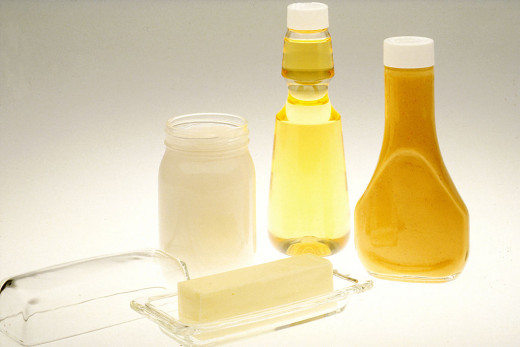
Types of Fats
There are three main types of fats – saturated, polyunsaturated and monounsaturated. Each of these has different effects on the body and overall health. Types of oils vary in which types of fat they contain and in what levels. Consuming a lot of saturated fats has been linked to an increased risk of high LDL cholesterol levels and of developing heart disease. Butter, lard and ghee are all high in saturated fat. Polyunsaturated fats are believed to actually help to lower the amount of LDL cholesterol within the body and provide the body with the essential fatty acids omega-3 and omega-6. The third type of fat is monounsaturated fats. These help to raise the levels of good cholesterol (HDL) in the body and are also high in vitamin E.
Generally saturated fats come from animal based and processed foods and unsaturated oils are obtained from plants but many foods contain a combination of both. It is important to remember that although unsaturated fats are thought to be better for us, they still should not be consumed in high amounts. All fat is high in calories which can add up quickly and lead to taking in more than we need. As a rough guide 1tbsp of oil contains around 100kcal so it is important to always measure the oil you are using when cooking and to only use what is needed.
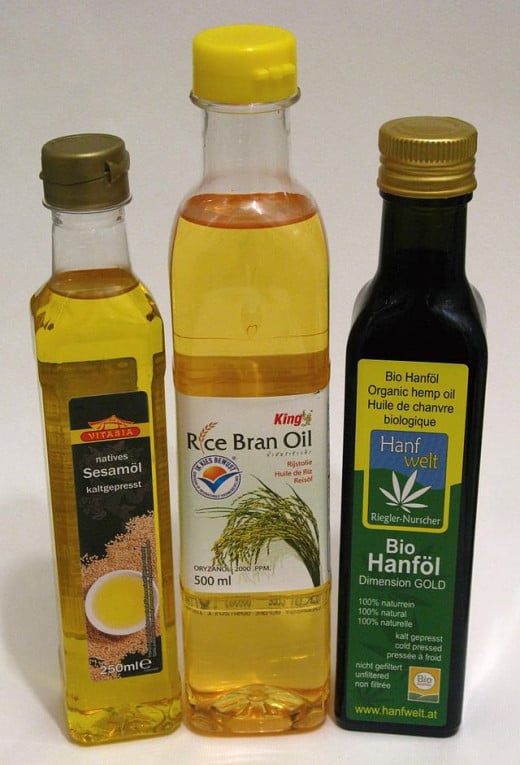
Using Oils in Cooking
Today there is a wide choice of oils available to us such as olive, sesame, hemp, sunflower, peanut and avocado oils. It can be confusing knowing which to buy or why some oils are recommended in a recipe rather than others. In some cases the taste of the oil will effect why it has been chosen. This is true, for example in making salad dressings when mild tasting oil will be needed.
Sesame oil – As its name suggests, this oil is made from sesame seeds. It has a nutty flavour that can be used to flavour and enhance stir fries, noodles and salads. It is common in Chinese and Japanese cooking. Sesame oil contains fairly balanced levels of polyunsaturated and monounsaturated fats. Sesame oil contains high levels of omega-6 acids and due to antioxidants present in the oil is unlikely to become rancid when left out.
Rice Bran oil – Rice bran oil has a high smoke point (232 °C/450 °F) meaning that it can be used safely at high temperatures. This oil has a mild flavour and can be used for stir frying and deep frying. Rice bran oil is made up of approximately 38% monounsaturated fat, 37% polyunsaturated and 25% saturated fat. It is believed to be a good choice for increasing HDL cholesterol while lowering HDL cholesterol.
Avocado oil – This oil has a rich avocado taste and is delicious brushed on grilled meats. This is monounsaturated oil that also contains a sterol believed to help lower cholesterol levels. Avocado oil can also be used to roast vegetables or in salad dressings and is a good moisturiser for dry skin. This oil enhances the body’s ability to absorb carotenoids.
Peanut oil – Peanut oil has a light flavour. It can be used for shallow frying and will not burn and smoke if heated to high temperatures. This oil is mainly monounsaturated fat and has a good level of vitamin E. Peanut oil is popular in Asian cooking and is sometimes roasted before use for added flavour. Peanut oil can be used to make soap and is also safe for use as massage oil.
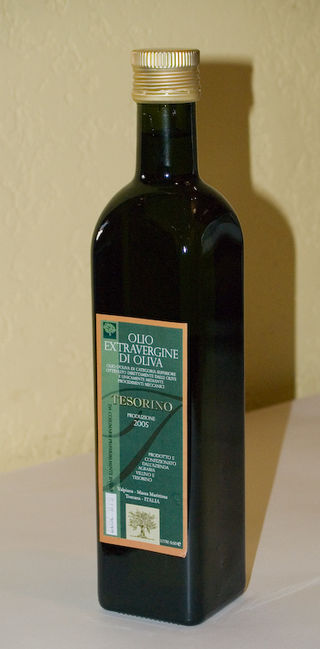
Olive oil – Olive oil is produced by pressing olives and is used in cosmetics, pharmaceuticals and soap making as well as cooking. Olive oil is available in different varieties depending on how it was produced.
Extra-virgin olive oil comes from virgin oil production and is considered to be the highest quality.
Virgin olive oil is produced using extra-virgin olive oil so is of slightly lower quality.
Refined olive oil is made by refining virgin olive oil using charcoal, chemical or physical filters. This may also be labelled as pure olive oil.
Olive pomace oil is refined oil that may have been mixed with some virgin olive oil for taste. It has a more neutral flavour than other olive oils but shares the same fat composition and health benefits.
Extra virgin olive oil is mainly used in salad dressings and on food that is to be eaten cold. Its flavour can be compromised by heat but it can be used in sautéing. Olive oil is also good for stir frying and is considered to be a very healthy oil due to its high monounsaturated fat content.
Sunflower oil – Sunflower oil is low in saturated fat and contains high levels of vitamin E. It is often used in products such as crisps and oven chips. The oil is suitable for frying, roasting and stir frying. It is sometimes used in salad dressings.
Flavoured oils – Some types of oil are available with added flavours such as chilli, garlic or herbs. These are often used in dips and on pasta and salads.
Storing and Disposing of Oils
Light can have a negative effect on the flavour of oils and in some cases can make them turn rancid quicker. The best place to store oils is in a dark and dry place such as a pantry or food cupboard. If used, pouring nozzles should be removed or covered before storing as these leave the oil exposed to the air. This can also degrade the oil and affect its flavour over time. Oils can be kept in the fridge if desired though this may cause some to solidify. This does not harm the oil or affect its use. Let the oil come back to room temperature before using and it will be fine.
When you need to discard oils it is important not to pour them down the sink. Oils can congeal and block pipes, especially if they can become solid when cold. The safest way to thrown away oils you no longer need is to allow them to cool and then pour them into a lidded leak proof container. This can then be thrown into a rubbish bin.
© 2014 Claire

